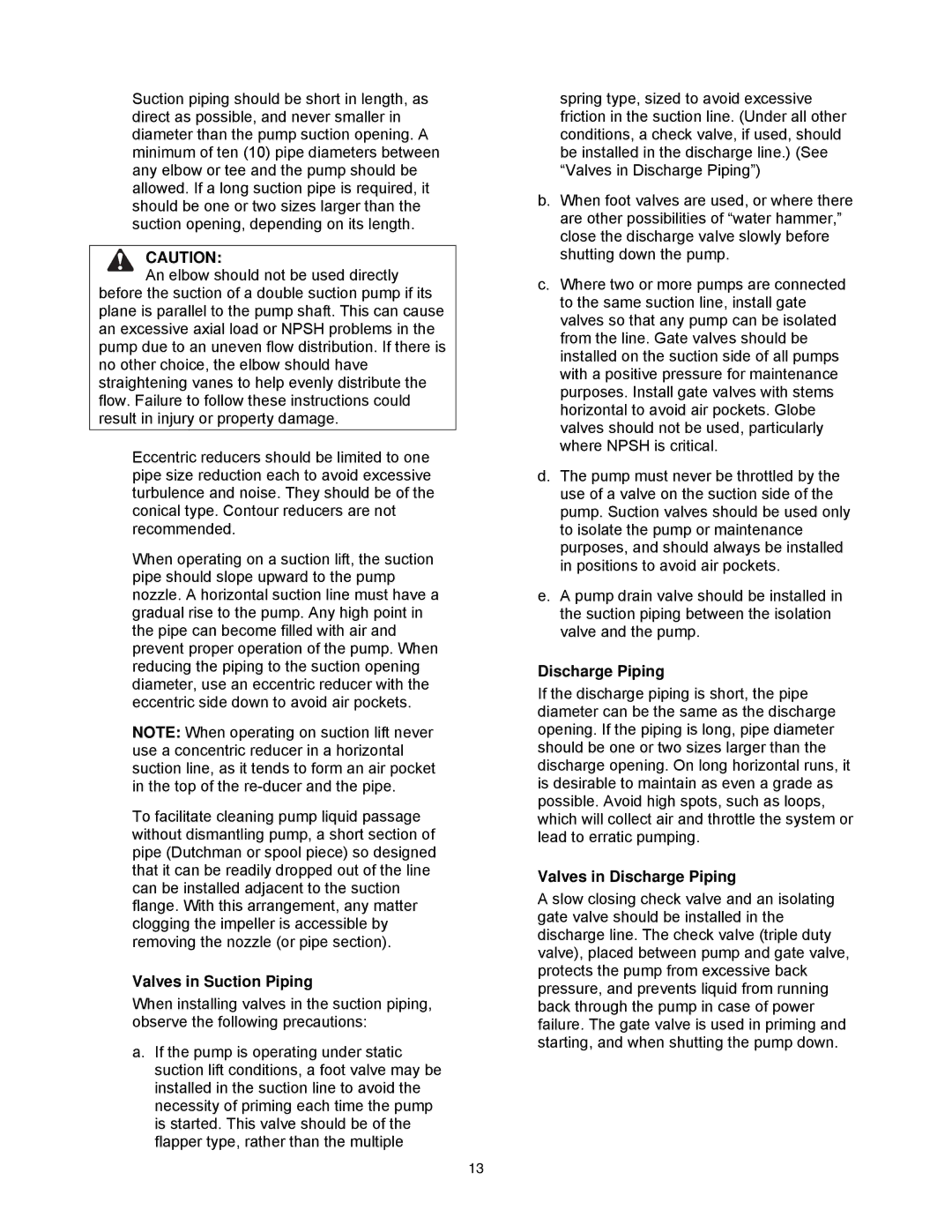8200 Series specifications
The AC International 8200 Series represents a cutting-edge advancement in the realm of commercial and industrial automation. Tailored for efficiency and flexibility, this series is designed to meet the rigorous demands of modern applications across various sectors such as manufacturing, logistics, and energy management.One of the standout features of the AC International 8200 Series is its robust control system. Equipped with an advanced microprocessor, the system ensures high performance, enabling real-time data processing and decision-making. This feature enhances the capability of users to manage complex operations while maintaining optimal productivity levels.
The 8200 Series integrates seamlessly with the latest communication protocols, such as Ethernet/IP and Modbus, allowing for smooth integration into existing infrastructures. This interoperability ensures that organizations can adopt the new series without incurring significant costs associated with overhauling their current systems.
Energy efficiency is another key characteristic of the 8200 Series. It incorporates a variety of smart technologies, including power monitoring and energy-saving modes, which help organizations reduce their operational costs and environmental footprint. These features are especially beneficial in industries where energy consumption is a significant concern.
In terms of user interface, the AC International 8200 Series offers a customizable touchscreen display that provides operators with real-time insights into their systems. This user-friendly interface facilitates quick troubleshooting and comprehensive monitoring, thereby promoting operational efficiency.
Furthermore, the series boasts enhanced safety features, including emergency stop functions and overload protection mechanisms. These safety characteristics are critical in environments where machinery operates at high capacities, ensuring the well-being of personnel and minimizing risks associated with operational failure.
With its modular design, the 8200 Series allows for easy scalability. This means that businesses can expand their systems according to growth and evolving demands without compromising performance or requiring extensive modifications.
Finally, AC International backs the 8200 Series with unparalleled customer support and comprehensive training resources, ensuring that businesses can fully harness the potential of their investments. As industries continue to evolve and embrace digital transformation, the AC International 8200 Series stands out as an essential solution for those looking to improve efficiency, safety, and sustainability in their operations.

